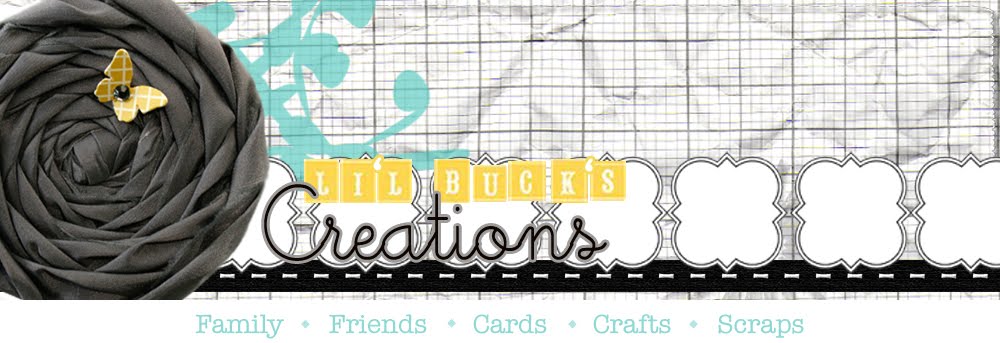So, it's been some time since I posted and that's because I've been teaching!! I seriously adore my job.
I team teach with one of my favorite people. I teach students K-12 on Tue/Thur/Every other Friday and it's pure heaven (most days :)).
I just happen to have both first grade classes this year and they are learning about Ancient Egypt in their studies. Our school uses the Core Knowledge books as a standard for our elementary ed. Not to be confused with Common Core. I thought it would be great to teach the kids about tinting paint...they LOVE mixing paint, even if there's nothing to mix!!
Below is the lesson plan I created to present this idea to our first graders.
The students will learn about making tints by adding white to a solid color. They will use this new knowledge to create a tinted sky landscape for their pyramid silhouettes, or you could do sphinxes.
Have students watch this short video on the Sphinx for a fun intro to the unit.
Sphinx Video
Put a small amount of liquid tempera into a condiment cup-just enough to fill the bottom. Put a good squirt of white liquid tempera into another cup.
1. Have the students paint their first stripe with the solid COLOR first.
2. They will then scoop up a dollop of white paint, add it to their color cup and stir until it is well mixed.
3. Have them paint their second stripe of color.
Repeat step #2 and so on until there are five or six stripes of tinted color.
Leave room at the bottom of the paper for "sand"

Week 2
Teach students how to draw a pyramid by first drawing a triangle and then drawing a short line going up from that triangle. Lastly, connecting the top of the pyramid with the back of the short upward line. Have students shade one side of their pyramids. Students will draw three pyramids of varying sizes.

Students will then cut out their pyramids and glue them in the sand of their paintings.

I printed a CARTOUCHE of each child's name using Virtual Egypt's
hieroglyphic translator.
Teach children about what a cartouche is and where they were seen. Talk about the HIEROGLYPHICS and how they were a PICTORIAL alphabet used by ancient Egyptians.
Have the students make a colorful background strip for their cartouch using construction paper and construction paper crayons.
Mount on a black piece of construction paper.
They children did amazing work.





